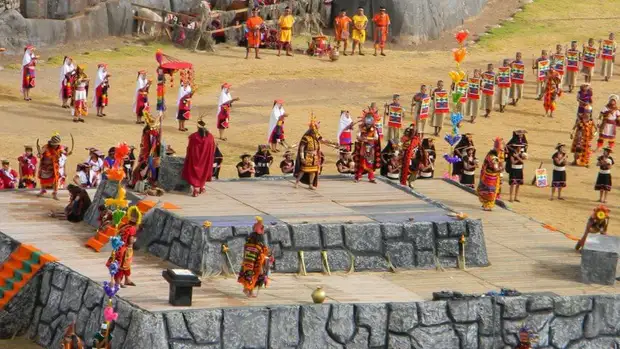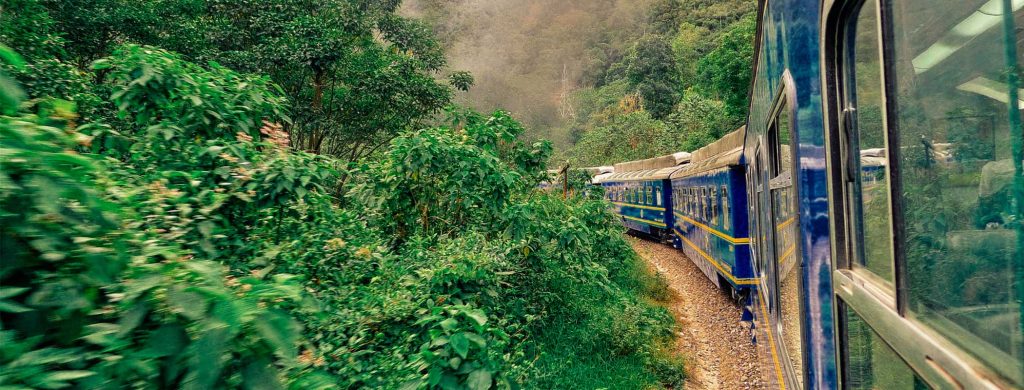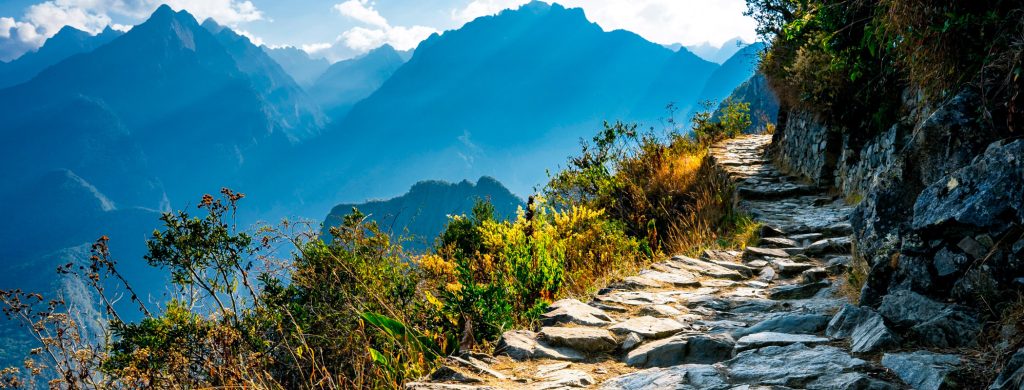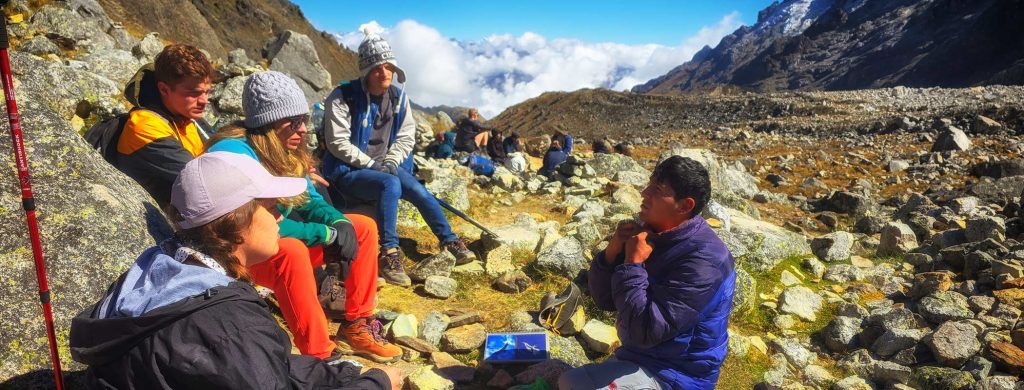Inca religion was much more than just a set of beliefs. It was the backbone of the Inca Empire, a civilisation that dominated vast lands across the Andes. The Incas believed that everything in the world had a divine purpose, and their religion was closely linked to nature, the cosmos and the divine figures who protected and ruled the world.
1. Inti: The Sun God of Inca Religion
At the centre of the Inca religion was Inti, the sun god. Not only was he the most important god, but the Inca, the emperor, was believed to be his direct descendant. For the Incas, Inti not only provided light, but was the source of life itself. This deeply held belief reflected how Inca religion was integrated into everyday life, justifying the emperor’s power and providing a reason for every aspect of life.
Some key points about Inti in the Inca religion include:
-
The Sun as a source of life: He was not only a god, but a life force that guided the whole civilisation.
-
The Inca as son of the Sun: This divine bond justified the authority and absolute power of the emperor.
-
Sun worship in rituals: Inti was worshipped in ceremonies such as Inti Raymi, where prayers and sacrifices were offered to ensure a good harvest.
In addition to Inti, other gods complemented this cosmic vision. Pachamama, the earth goddess, represented fertility and abundance. Her veneration formed a fundamental part of Inca religion, especially in agricultural communities, where the cycle of the earth was crucial to survival.
2. Inca Myths: The Creation of the World according to Inca Religion
Myths were essential to understanding Inca religion. According to these legends, Viracocha, the creator of the world, emerged from Lake Titicaca to shape the sky, the earth and human beings. This myth shows how the Inca religion not only explained the creation of the world, but also connected the Incas with the natural elements around them. Myths served as the spiritual guide for Inca society, dictating everything from the origin of human beings to how they should interact with the gods.
One of the most important myths of the Inca religion is the myth of Manco Capac and Mama Ocllo, who were sent by Inti to found Cusco. This myth not only legitimised the foundation of the capital, but also became the spiritual foundation of the empire.
3. Sacred Rituals: Spirituality in Inca Religion
Rituals formed a crucial aspect of Inca religion. They were not only religious practices, but social and political events that maintained order and prosperity. Among the most significant rituals were:
-
Inti Raymi: The biggest festival dedicated to Inti, the Sun God. In this celebration, sacrifices and dances were performed to honour the Sun and ask for a good harvest.
-
Sacrifices to the gods: Although human sacrifices were rare, the Incas offered llamas and other animals to appease the gods and ensure the fertility of the land.
-
The Capac Cocha: A ritual of human sacrifice that was performed in extreme situations, such as natural disasters or wars, to ask for the protection of the gods.
These rituals not only showed devotion, but also helped to maintain the cosmic balance, which was essential for the well-being of the empire.

4. The Influence of Inca Religion on Society
Inca religion not only affected personal beliefs, but also underpinned the social structure of the empire. Here are some key aspects of its influence:
-
The Inca as divine leader: The figure of the emperor was not only political, but also religious, as he was considered a son of Inti and therefore an intermediary between the gods and the people.
-
The connection between nature and society: Inca religion dictated that the sun, the earth and the cosmos should be constantly worshipped through rituals, offerings and a life in harmony with nature.
-
Social control: Inca religion helped to consolidate the unity of the empire, justifying the emperor’s decisions and ensuring social and economic stability.
5. Sacrifices and the Mystique of Inca Religion
Within the rituals, sacrifices played a prominent role. Although performed to a lesser extent than in other pre-Columbian cultures, human sacrifices, such as those of the mountain children, were a solemn practice, intended to appease the gods in times of need. These sacrifices, performed on the highest peaks, underlined the belief that contact with the gods could only be achieved in sacred places.
6. The Legacy of Inca Religion
Although the Inca Empire collapsed, the legacy of Inca religion lives on in many Andean traditions today. Some ways in which this legacy persists are:
-
Modern celebrations: Festivities such as Inti Raymi continue to be celebrated in Cusco, keeping religious traditions alive.
-
Respect for Pachamama: The veneration of the Earth as a deity remains fundamental for many Andean communities.
-
The connection with nature: Many modern agricultural and spiritual practices are still based on the cosmic vision of the Inca religion, where everything is interconnected.
Conclusion: Inca Religion and its Eternal Legacy
Inca religion was much more than a belief system. It was the foundation that supported a grandiose empire and a society deeply connected to nature, the cosmos and the gods. From the veneration of the sun to the worship of the earth, the rituals and myths of the Incas reflect a unique and fascinating worldview that endures to this day.






